Splenius Muscles Anatomy
Table of Contents
What is Splenius Muscle?
- The splenius muscles of the head or the splenius muscle of the neck work combined so that the neck or the head can extend (tilt backward) or rotate.
- The splenius muscle of the head also called the splenius capitis, is a bigger muscle situated at the back of the neck. It is joined to the base of the skull.
- The splenius muscle of the neck, also termed the splenius cervicis, is a tiny muscle that is located slightly below the splenius capitis.
- Splenius cervicis or splenius capitis are situated on the posterior side of the neck. They work in balance with the anterior neck muscles.
- The name splenius cervicis describes the shape or position of this muscle. Splenius is a Latin word for “patch”. Cervicis create from the Latin word “cervix” which means neck. Splenius cervicis then looks like a patch situated on the neck. The name splenius capitis also describes the shape or situation of this muscle. As it is said, splenius is the Latin word for “patch”. Capitis is a Latin word that stands for the head. Splenius capitis then seems like a patch situated on the head.
- Damage and injury to either splenius muscle can be causing neck pain, headaches, facial pain, and shoulder pain. Oftentimes physical therapy, stretching, ice, and heat can help to decrease the pain. Oral medications or medications injected into or surrounding the muscle may also help to ease the pain associated with the damage.
- For treatment of severe pain or long pain, which is often accompanied by nausea and vomiting, radiofrequency thermoneurolysis is sometimes used. This is a method where a small probe uses radiofrequency energy to cauterize (burn) a cluster of nerves in order to stop them from passing the pain signals.
Splenius Capitis Muscle
What is Splenius Capitis Muscle?
- Splenius capitis is one of the deeper, and intrinsic muscles of the back of the neck. It is situated in the superficial layer, meaning that it is nearer to the aspect compared to the rest. The name arises from the Greek word ‘Splenion’ which stands for the bandage, or the Latin word ‘caput’ means head, hence it has bandage-like look.
- Splenius capitis extends from the spinous processes of the last cervical or first 3 thoracic vertebrae until the occipital or temporal bones of the skull. As a result, it acts as an extensor or lateral flexor of the neck, or assists with its rotation. The muscle also creates part of the floor of the posterior triangle of the neck.
In relation to its surrounding musculature, it sits:
- It is Deeper into the trapezius muscle
- It is Superficial to the semispinalis capitis or the longissimus capitis muscle
- It creates the floor of the posterior neck triangle, located between the sternocleidomastoid or the trapezius muscle
Relations Of Splenius Capitis Muscle
- Splenius capitis overlaps semispinalis capitis or longissimus capitis or it is situated underneath the trapezius muscle. The superior part of splenius capitis is surfaced by the sternocleidomastoid muscle or creates part of the floor of the posterior triangle of the neck.
- This triangle is created by the posterior border of the sternocleidomastoid, the anterior border of the trapezius, or the superior margin of the clavicle as the base. The accessory nerve crosses obliquely across this space, a nerve supplied by the sternocleidomastoid muscle, or passes via the muscle to innervate the trapezius muscle. The lower part of the triangle is where the supraclavicular, transverse cervical (cutaneous branches of the cervical plexus), or superior part of the brachial plexus can be situated. A sequence of lymph nodes is also situated passing with the posterior border of the sternocleidomastoid.
Origin
- The badge-like splenius capitis starts from the lower half of the nuchal ligament or spinous processes of the 7th cervical to the 3rdthoracic vertebrae (C7 to T3).
Insertion
- The muscle fibers pass superiorly or laterally, in order to end in the mastoid process of the temporal bone. The mastoid process is a pyramidal-structure eminence on the base of the skull or is a pneumatised bone due to the mastoid air cells. The muscle also ends in part into the external surface of the occipital bone, under the lateral section of the superior nuchal line.
Nerve Supply
- The nerve supply to the muscle begins from the lateral branches of the posterior rami of the 2nd or 3rd cervical spinal nerves (C2 to C3).
Blood Supply
- The vascular supply to the muscle begins from the muscular branches of the occipital artery, a branch of the external carotid artery.
Action
- The Splenius capitis helps in supporting the head in a steady position.
- It Acts bilaterally: extension of the head or cervical spine
- It Acts unilaterally: lateral flexion of the head or neck or rotation of the head to the same side (when acting synergistically with sternocleidomastoid).
- The muscle tightens with mandibular protrusive motion or in the wide opening motion of the lower jaw.
- Synergists: splenius cervicis, semispinalis capitis, semispinalis cervicis, the upper portion of the trapezius.
The function of Splenius Capitis Muscle
- Bilateral contraction of splenius capitis ends in the extension of the head on the neck.
- When it squeezes unilaterally, it works in synergy with the opposite sternocleidomastoid muscle, resulting in lateral flexion or rotation of the head near the ipsilateral side.
- Therefore, splenius capitis work as a shaker of the head.
- Different muscles that extend or rotate the head include semispinalis capitis or semispinalis cervicis, which also bend the head laterally.
- The superior portion of the trapezius also works as a lateral flexor of the neck.
Clinical Significance of Splenius Capitis Muscle
- Dysfunction of splenius capitis
- Dysfunction of splenius capitis may be associated in those with mechanical chronic neck pain and whiplash disorders. In people with neck pain, there is also be overactivity of superficial muscles, splenius capitis, or inhibition of Semispinalis Cervicis. Effective management of this condition should consist of exercises that focus on activating Semispinalis Cervicis, as well as stretching or myofascial release of the splenius capitis.
- Headache
- The most generic cause of muscle tension headache (MTH) results from inflammatory changes at the site of muscular attachment on the occipital ridge. In the adult, this causes most often the joining of the Splenius Capitis Muscles caused by Splenius Capitis Muscle Syndrome. This is a very painful or commonly occurring syndrome. It is typically named the respective pain reference position of temporal tendinitis or migraine headache. The painful headache begins at the lateral margin of the superior nuchal line or medial to the mastoid process. As inflammation develops, entrapment or irritation of the Greater Occipital Nerve results. The starting of pain is often caused by eg motor vehicular trauma, blunt trauma, and falls. The most frequent occurrence is postural, from prolonged periods of keeping the head in a downward, rotated, or forward position. The muscle tension ends in micro trauma to the muscular joining, swelling ensues, or myalgia/neuralgia results.
Splenius cervicis Muscle
What is the Splenius Cervicis Muscle?
- Splenius cervicis is a paired back muscle situated in the prevertebral space of the neck. Combined with splenius capitis, it creates the superficial layer of the deeper (intrinsic) back muscles, thus surfacing the other deep back muscles in the cervical region of the back.
- The Spinalis muscle group is a portion of the erector spinae (ES) group (the middle layer of the intrinsic back muscles). Spinalis Cervicis is the cervical portion of the spinal muscle with spinalis capitis superiorly or spinalis thoracis inferiorly.
- The Spinalis Cervicis is normally present.
- The function of the splenius cervicis is to coordinate the position of the head or the neck during different body motions, such as standing up from a sitting position. It does so by producing the lateral flexion, rotation, or extension of the neck.
- Relations of Splenius Cervicis Muscle
- Like the other deeper neck muscles, splenius cervicis is inserted in the deeper layer of the deep cervical fascia. It is situated superficial to semispinalis capitis or longissimus capitis, or deep to sternocleidomastoid or trapezius muscles. Splenius cervicis span along the inferolateral margin of splenius capitis or blends almost indistinguishably with it.
Origin
- Splenius cervicis is a coupled muscle, a flat bow-shaped muscle in the posterolateral aspect of the neck. It begins from the spinous processes of thoracic vertebrae T3 to T6.
Insertion
- The obliquely diverged muscle fibers initially pass superolateral or then curve medially to ends into the tubercles of transverse processes of cervical vertebrae C1 to C3.
Nerve Supply
- Splenius cervicis muscle is a nerve supplied by the lateral branches of the posterior rami of the lower cervical spinal nerves.
Blood Supply
The vascular supply to this muscle begins from:
- the vertebral artery
- the transverse cervical artery
- the superior intercostal artery
- the descending branch of the occipital artery
- the deeper cervical artery
- The venous drainage of splenius cervicis mimics its blood supply.
Action
- Spinalis acts synergistically with the different members of the erector spinae group.
Specifically
- It works as bilaterally extends the cervical spine.
- It works Unilaterally laterally flex or rotates the cervical spine to the ipsilateral (same) side.
The function of Splenius Cervicis Muscle
- Unilateral contraction of splenius cervicis causes ipsilateral lateral flexion or rotation of the neck. However, when working bilaterally, this muscle adds the trapezius muscle to do the extension of the neck.
- The neck extension created by this muscle has a major function during standing up from a sitting position, as it puts the neck onto a stance from which the longus capitis can hold the head into the neutral position once the body is in the upright position.
Clinical Significance of Splenius Cervices Muscle
- Dysfunction of splenius capitis may be situated in those with mechanical chronic neck pain and whiplash disorders. In people with neck pain, there might also be overactivity of superficial muscles, splenius capitis, or inhibition of Semispinalis Cervicis.
- Effective management of this condition should consist of exercises that emphasize activating Semispinalis Cervicis, as well as stretching or the myofascial release of the splenius capitis.
- The most generic cause of muscle tension headache (MTH) is caused by inflammatory changes at the site of the muscular joining on the occipital ridge. In the adult, this occurs most often at the joining of the Splenius Cervicis Muscles caused by Splenius Cervicis Muscle Syndrome. This is a very painful or commonly occurring syndrome. It typically named the respective pain to refer to positions of temporal tendinitis and migraine headache. The painful headache begins at the lateral margin of the superior nuchal line or medial to the mastoid process. As inflammation begins, entrapment or irritation of the Greater Occipital Nerve results. The starting of the pain is often caused by eg motor vehicular trauma, blunt trauma, and falls. The most general cause is postural, from prolonged periods of keeping the head in a downward, rotated, or forward position. The muscle tension ends in micro trauma to the muscular joining, swelling ensues, or myalgia/neuralgia results.
Stretching Exercise For Splenius Muscle
Splenius capitis muscle stretch
- The left-side splenius capitis is stretched by flexing, right laterally flexing, and right rotating the head and neck at the spinal joints, while the left-the-side shoulder girdle is allowed to elevate.
- You can hold for 30 seconds and 3 repetitions. you can hold for 30 seconds and 3 repetition
Splenius cervicis muscle stretch
- Stand or sit upright
- Keep your head up facing straight ahead
- Push your head forward side by sticking out your chin
- Note: Keep your head up during this stretch. Do not let your chin fall towards the floor.
- You can hold for 30 seconds and 3 repetitions.
Table Splenius Stretch
- Sitting in front of a table.
- Keep the chin in & down throughout this stretch.
- Place the left fist on the left side of the chin.
- Place the left elbow onto the table in front of you.
- Rest the weight of the head onto your fist.
- Tilt the head to the left.
- Apply more pressure to the chin to gear up the stretch.
- The goal is to feel a firm stretch on the right side of the neck.
- Hold for 30 secs.
- Perform on the alternate side.
Basic Splenius Stretch
- Tuck the chin in & downwards.
- Tilt the head to the right.
- Put the right hand on the opposite side of the head.
- Apply downward compression.
- Slowly turn the head to the left.
- The goal is to feel a firm stretch in the left Sternocleidomastoid.
- Hold for 30 secs, 3 rep.
- Repeat on the alternate side.
Splenius Stretch Variation
- Place the fingers on top of the left collar bone.
- Pulling the skin down.
- Tuck the chin in & down.
- Slowly turn the head towards the left side.
- Tilt the head towards the right.
- The goal is to feel a stretch on the left Sternocleidomastoid.
- Hold for 30 secs, 3 rep.
- Repeat on the alternate side.
Chair Lean Stretch
- Sitting down on a chair.
- Using the right hand, grab onto the side of the chair.
- Keep the shoulder completely relaxed.
- Lean the body completely towards the left.
- Tuck the chin in & downwards.
- Tilt the head towards the left.
- Place the left hand on the right side of the head
- Apply downward compression.
- The goal is to feel a stretch on the right Sternocleidomastoid.
- Hold for 30 secs, 3 rep.
- Repeat on the alternate side.
Neck Elongation Stretch
- Tuck the chin in & downwards.
- Slide the head towards the right side.
- Elongate the right side of the neck in an upwards direction.
- The goal is to feel a stretch on the right side of the neck.
- Repeat on the alternate sides.
- Perform 30 reps, 3 rep.
Strengthening Exercise For Splenius Muscle
Theraban Rows
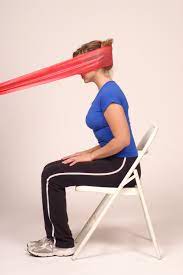
- First Place the theraband around a doorknob & tie a knot in the theraband & close it in the door.
- The band is at chest level.
- You are standing tall with each end of Theraband in your hands & knee joint slightly bent, abdominal muscles tight.
- Must be Maintained the tight trunk muscles & pull arms back while squeezing the shoulder blades together.
- You are trying to focus on squeezing the shoulder blades without shrugging the shoulder joint up towards the ears.
- Then return to starting position but Do not lean back.
- Hold this exercise position for 10 seconds.
- Perform the 10 times in 1 session & 3 sessions per day.
Head lifts
- You are Lie flat on the back with the arms stretched to the sides.
- Nod the head & tuck in the chin.
- Hold this exercise for a few seconds before releasing back to a neutral position.
- Hold this exercise position for 10 seconds.
- Perform the 10 times in 1 session & 3 sessions per day.
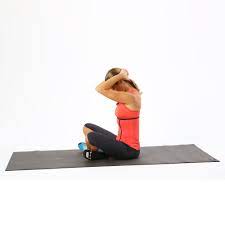
Seated Clasped Neck Stretch
- You are sitting comfortably on the floor & in a chair.
- Must place your body in proper alignment.
- Then Clasp your hands & bring both palms to the back of your head.
- Try to Gently press your hands down toward your thighs & tucking your chin into your chest.
- Hold this stretching position for 30 seconds.
- Perform the 3 times in 1 session & 3 sessions per day.
Chin tuck Exercise
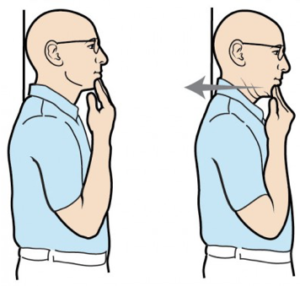
- Sitting straight & look straight ahead with the ears parallel over the shoulders.
- Put two to three fingers on the chin.
- Stabilize the finger, pull the chin & head straight behind up to a gentle stretch is felt at the base of the head & top of the neck.
- Hold for 5 to 10 secs. Repeat seven to ten times.
Neck flexion Exercise (Neck tilt)
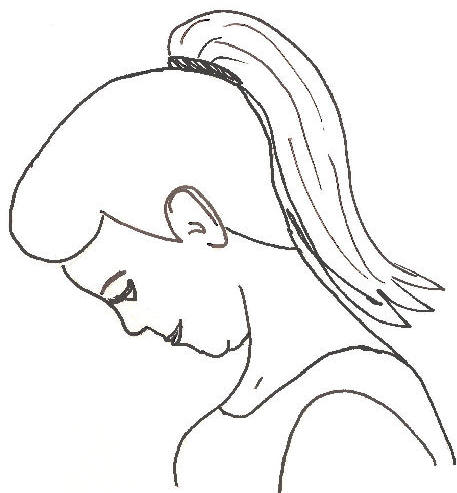
- In Relax sitting position flex the head down to rest the chin on the chest (Flex the neck fully).
- Gently tense the neck muscles & hold for 4 to 8 secs.
- Return to the initial position & repeat seven to ten times.
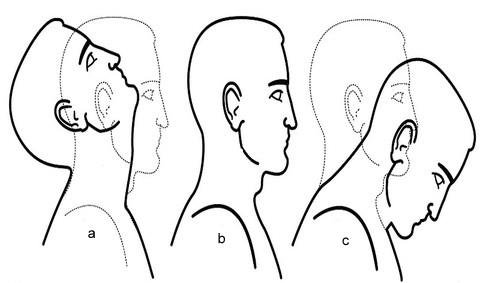
Neck extension exercise
- In Relax sitting position without arching the back, slowly move the head backward so you are looking upward.
- Hold for 5 to 10 secs. Return to starting position.
- This is a good exercise to do during working hours to prevent neck strain.
- Gently tense the neck muscles & hold for 5 to 10 secs.
- Return to a neutral position & repeat 10 times.
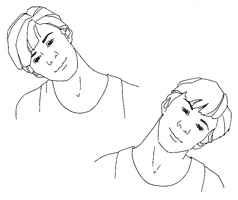
Neck flexion Exercise (side to side)
- Flex the head down towards the shoulder, & try to touch the shoulder with the ear (Without elevating the shoulder).
- Gently tense the neck muscles & hold for 8 secs.
- Return the head to a neutral position & repeat in the opposite direction.
- Repeat 10 times on both sides.
Neck Rotation exercise
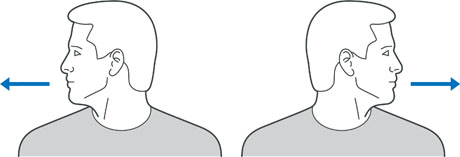
- Rotate the head towards one side, keeping the chin at the same height & moving within comfortable limits.
- Gently stretch the neck muscles & hold for 8 secs.
- Return the head to the neutral position & repeat in the opposite direction.
- Repeat 10 times each on both sides.
Revolved Triangle Exercise
- Stand with the feet about four feet apart.
- Face the right toes forward & the left toes out at a slight angle.
- Square the hips & face forward in the same direction the right toes are pointing.
- Lift the arms up at the sides so they are parallel to the floor.
- Slowly hinge at the hips to fold forward, stopping when the torso is parallel to the floor.
- Bring the left hand to the leg, the floor, or a block, wherever you can reach.
- Extend the right arm straight up with the palm facing away from the body.
- Turn the gaze to look up toward the right thumb.
- Exhale to turn the neck to look down at the floor.
- Inhale as you return the gaze upward.
- Keep the rest of the body stable & continue these neck rotations as you stay in the pose for up to one min.
- Perform on the alternate side.
Upward Plank Exercise
- This pose allows you to passively hang the head back & down, releasing tension in the neck & shoulders. This lengthens & stretches the SCM, chest, & shoulder muscles.
- Make sure the back of the neck is fully relaxed to avoid compressing the spine. If it is uncomfortable for you to let the head hang back, you can tuck the chin into the chest & lengthen the back of the neck. Precise on engaging the neck muscles without straining.
- You can also allow the head to rest back on some type of support such as a chair, a wall, or stacked blocks.
- How to do- Come into a seated position with the legs straight in front of you.
- Press the palms to the floor alongside the hips.
- Lift the hips & bring the feet under the knees.
- Deepen the pose by straightening the legs.
- Open the chest and & let the head drop back.
- Hold for up to 30 secs.
- Do this pose up to three times.
Prone Cobra Exercise
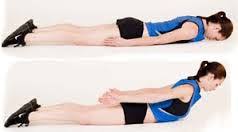
- This exercise is done by lying face downwards on the ground & uses gravity as resistance in the reinforcing process.
- Lying face downwards on the floor, put the forehead on a rolled-up hand towel for comfort.
- Place the arms by the side, and palms downwards on the ground.
- Touch the tongue on the upper palate of the mouth.
- Pinch the shoulder blades together & raising the hands off the ground.
- Roll the elbows inwards, palms outwards, & thumbs upwards.
- Gently raise the forehead about an inch off the towel keeping the eyes looking straight forward at the ground
- Hold the position for 7 to10 secs.
- Do10 repetitions.
Isometric Neck Exercise
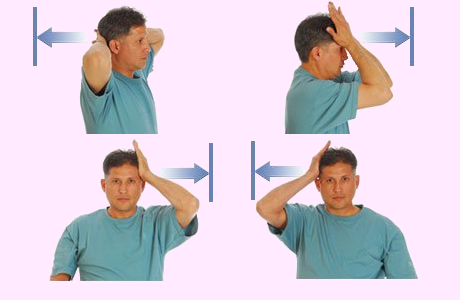
- Isometric neck exercise helps to strengthen the neck muscles. This exercise is mostly recommended by Physiotherapists from day 1st to relieve Neck pain.
Isometric Neck Exercise
How to perform this exercise In a sitting Position, - keep the Body straight, Put both hands behind the neck (as seen in the images), & try the neck to push pressure on the hands & At the same time Resist the neck muscles, both hands maintain align position for 4 to 5 secs & then relax.
The first day does 8 repetitions & the second day 10 repetitions. Do some exercise on the forehead & each side of the neck.
Do the exercise by pressing on the side of the head. Repeat 8 times, then alter sides.
Prone Rows Exercise

- Lie on the stomach with the arms dangling off the side of the bed (try angling the body so the head is facing the corner of the bed).
- Use a pillow under the stomach for comfort. Begin by pulling arms back while bending elbows & squeezing shoulders blades together then slowly return to the initial position.
- Do not lift the head up while pulling the arms back.
- Repeat 20 times. Perform 2 times a day.

Standing pushups exercise
- Stand about an arms-length down from the wall with the bases spread piecemeal.
- Place the hands on the wall, making sure that they parallel with the shoulders.
- Keeping the reverse straight, sluggishly bend or flex the elbows, bringing the upper body toward the wall.
- Unbend or extend the elbows & return to the starting position.
- Repeat 20 times. Perform 2 times a day.
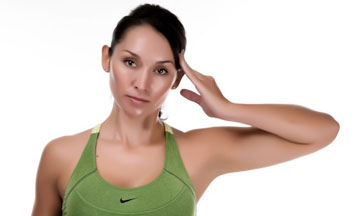
Lateral extension exercise
- Start by looking straight ahead. Slowly lean the head to the left side. Use the left hand for resistance, use the muscles in the neck to press against it. Hold for 5 to 10 secs, then return to the initial position.
- Then, slowly lean the head to the alternate side. Hold for 5 to 10 secs.
- Return to the initial position. Do 10 repetitions. This is a good exercise to do while in working hours, especially if you have to keep the head in a steady position for prolonged periods, as in working at a computer. Do this exercise every half hour to prevent neck strain.
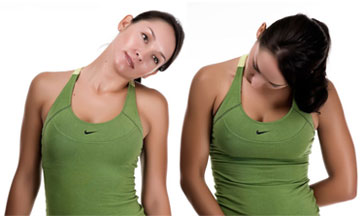
Tilted forward flexion exercise
- Sluggishly lean the head to the leftism. Using the left hand for resistance, use the muscles in the neck to press against it. Hold for 5 to 10 secs, also return to starting position.
- Also, sluggishly lean the head to the other side. Hold for 5 to 10 secs.
- Return to starting position. Do 10 repetitions. This is a good exercise to do during work, especially if you have to keep the head in a steady position for a prolonged time as in working at a computer. Do this exercise every partial hour to help with the prevention of neck tightening.

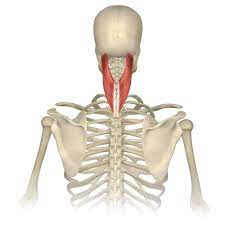
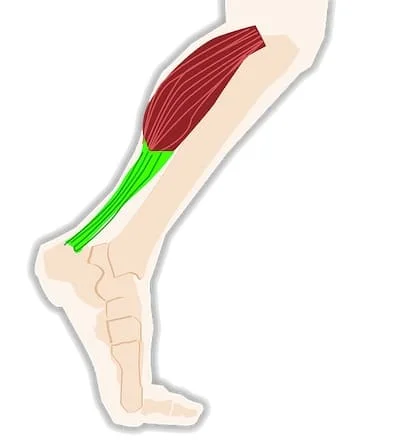
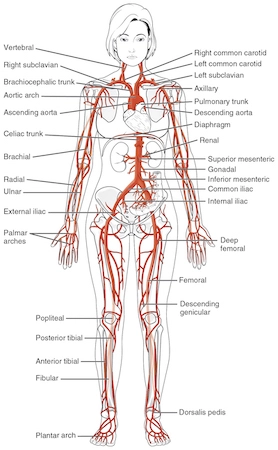
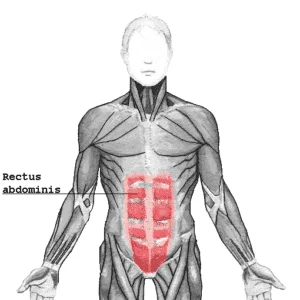
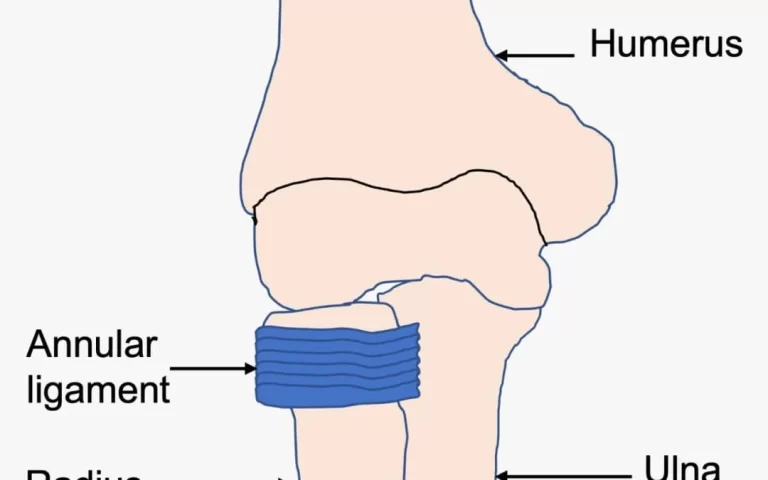
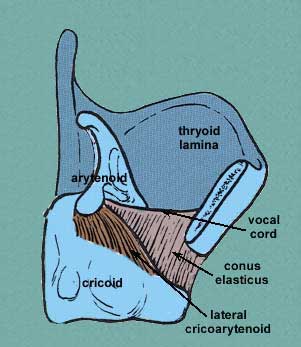

One Comment